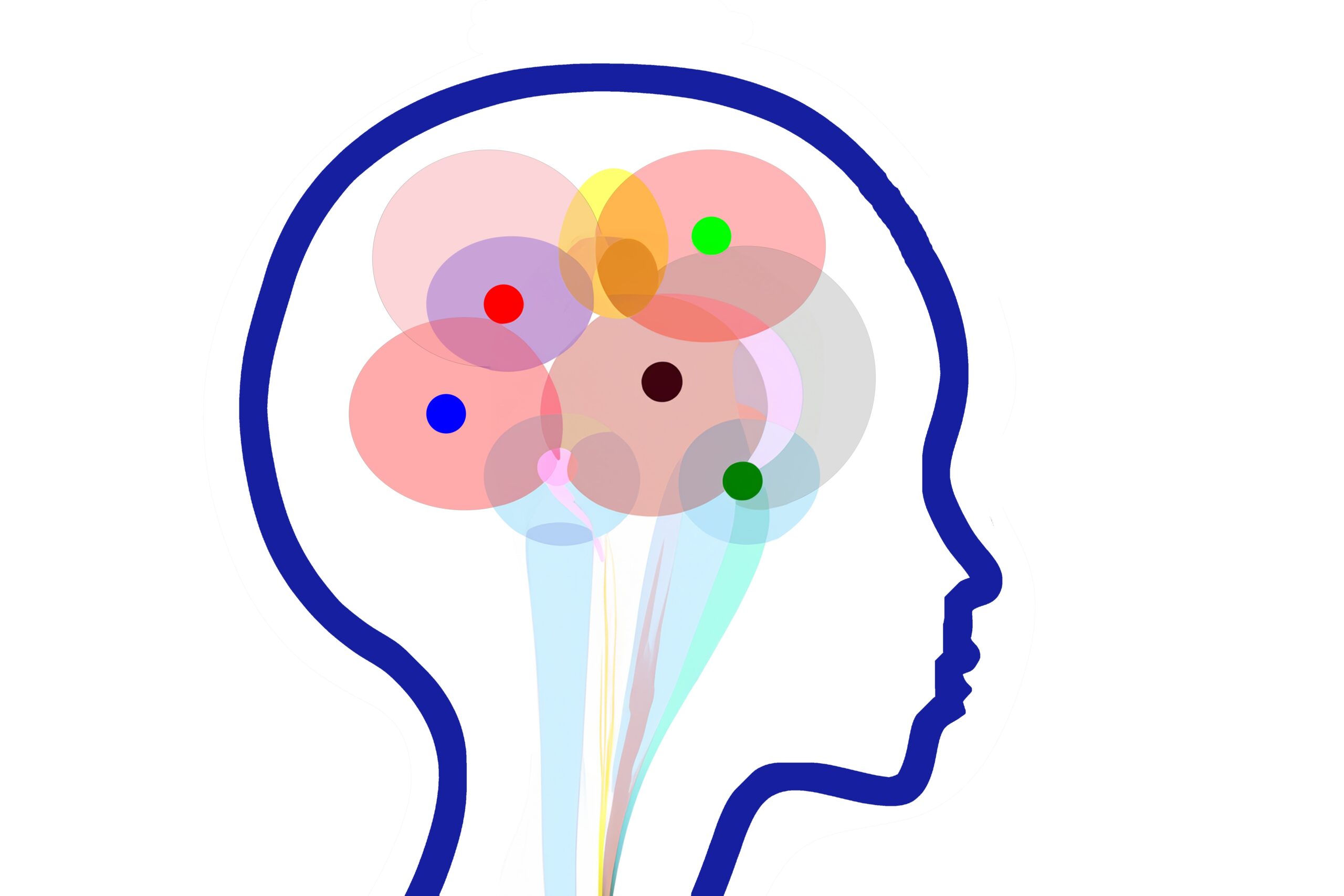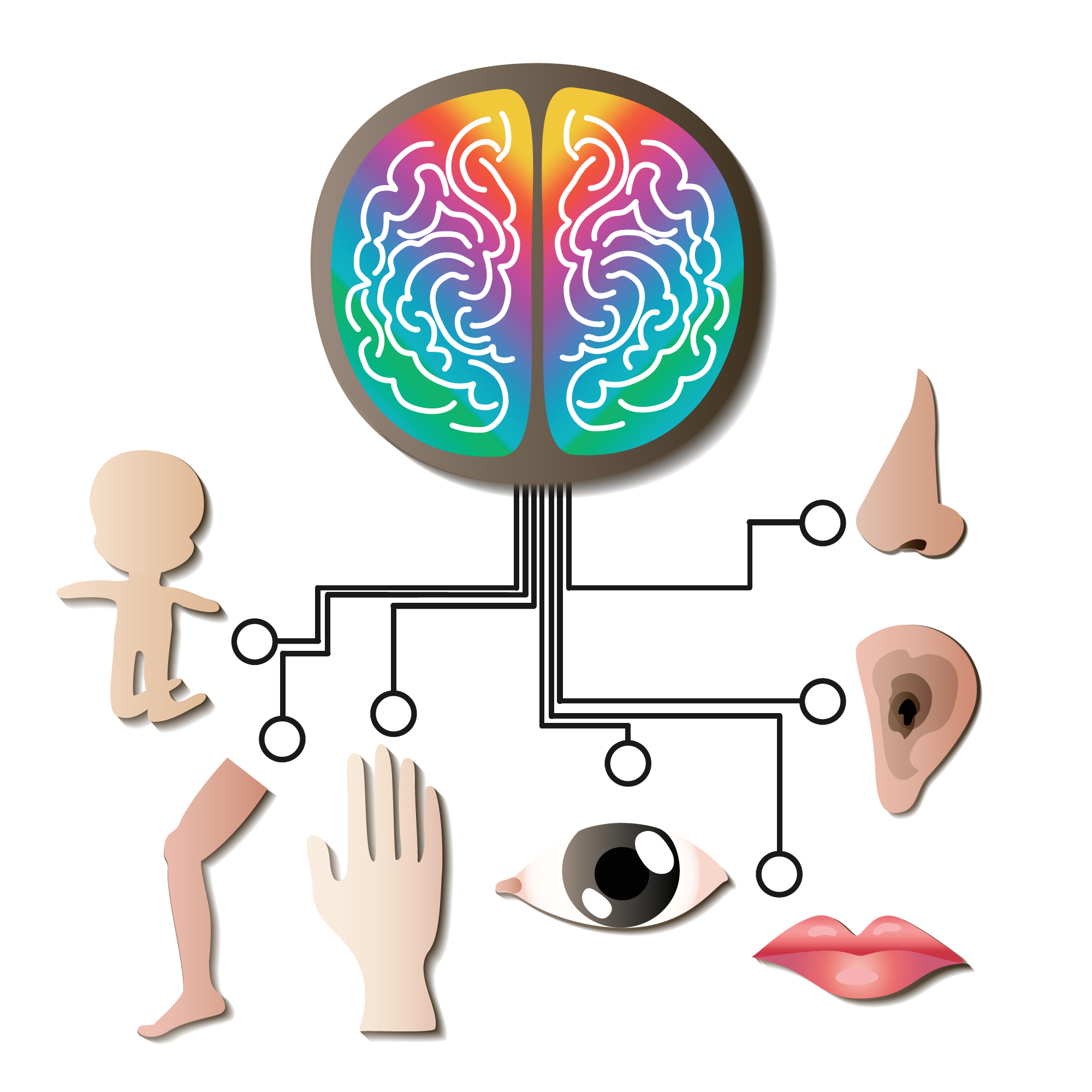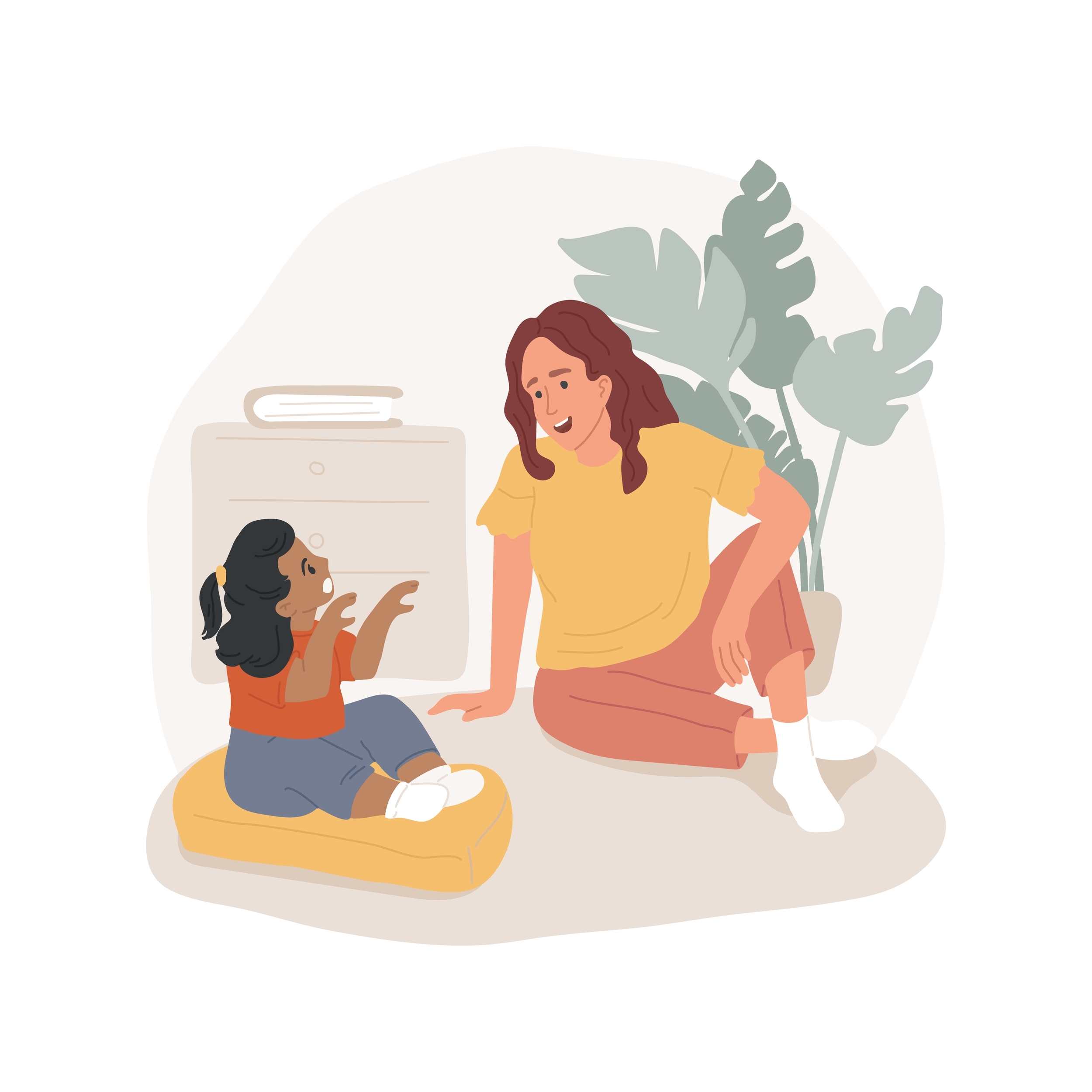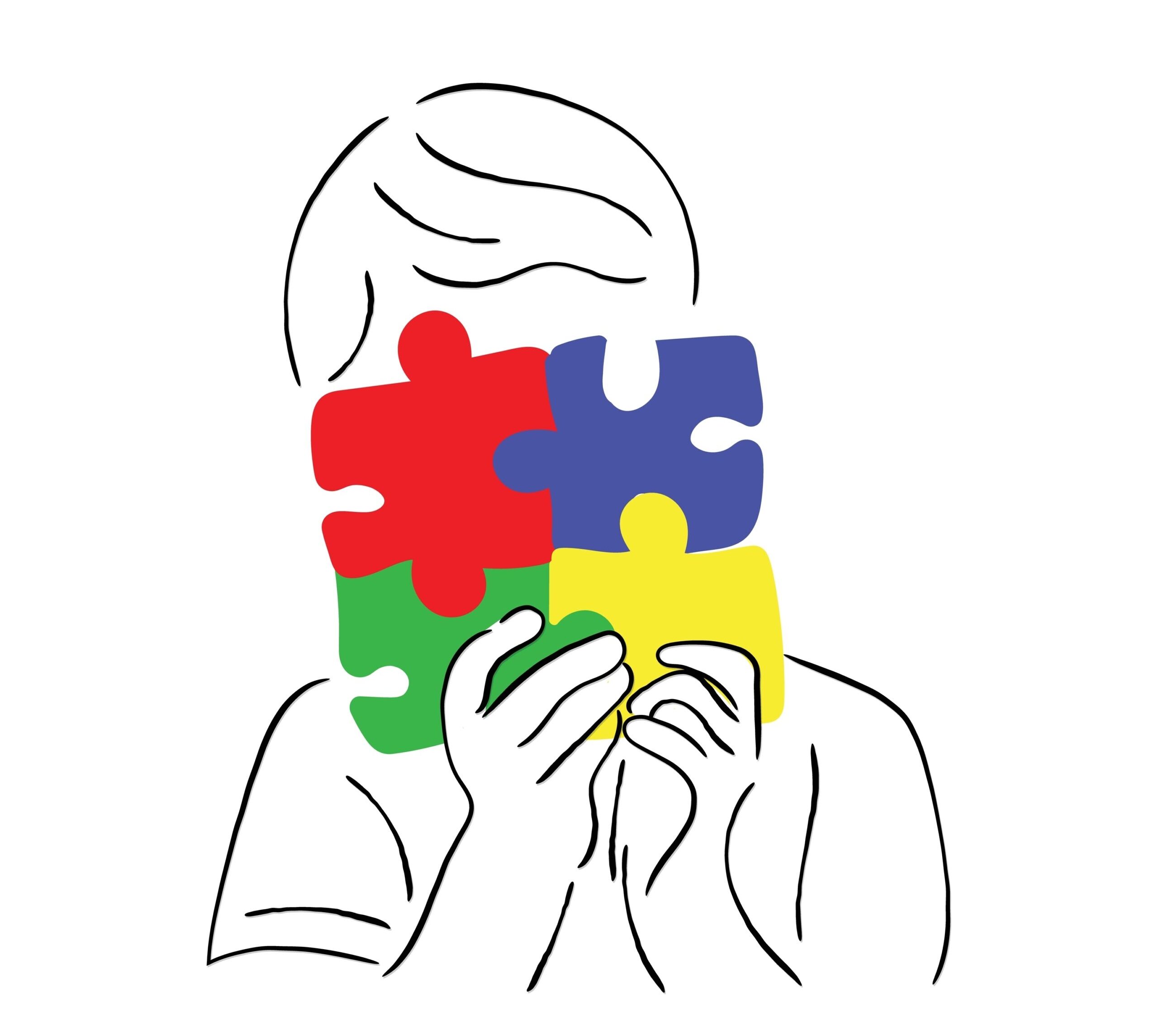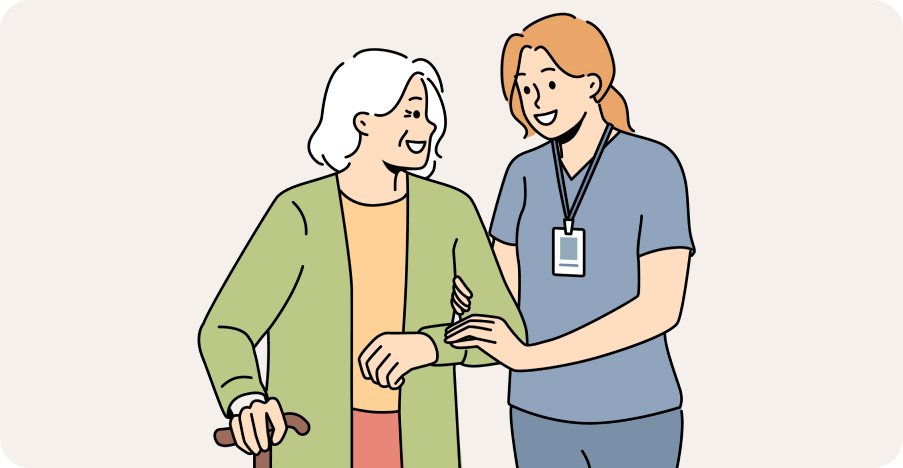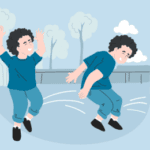
Blog
How to Help Your Baby or Toddler Through Sleep Regressions
Author: DrSensory
May 12, 2025
How to Help Your Baby or Toddler Through Sleep Regressions
Sleep regressions can feel like a relentless obstacle to parents striving for a peaceful night’s rest. But you’re not alone, and there are solutions to help both you and your child regain the sleep you need. Whether you’re a first-time parent or juggling the challenges of raising multiple kids, understanding and managing sleep regressions is key to maintaining your family’s well-being.
This guide will explore what sleep regressions are, when they happen, how they connect to developmental milestones, and the strategies you can use to manage them. We’ll also discuss sensory-friendly techniques and professional support that can make a world of difference, especially for children with special needs.
Further Reading: Understanding Sleep Regressions in Babies and Toddlers
What Is a Sleep Regression?
A sleep regression is a period where a baby or toddler, who previously slept well, suddenly has difficulty sleeping. This could involve fighting naps, frequent night wakings, or increased fussiness around bedtime. According to insights from child sleep experts like Taking Cara Babies, sleep regressions typically last 2–6 weeks and are a natural part of your child’s development.

Why Do Sleep Regressions Happen?
Sleep regressions often occur due to:
- Neurodevelopmental changes such as the maturation of sleep cycles.
- Milestones like crawling, walking, or developing language.
- Disruptions caused by teething, illness, or changes in routine.
Recognizing these triggers can help you better understand and prepare for sleep regressions.
Common Ages for Sleep Regressions
Sleep regressions tend to happen at predictable ages as part of your child’s growth:
- 4 Months: Sleep becomes more adult-like, with sleep cycles transitioning more frequently.
- 6 Months: Teething and growth spurts come into play.
- 8–10 Months: Mobility milestones like crawling and standing impact sleep.
- 12 Months: Separation anxiety can surface.
- 18 Months: Independence testing begins, and naps may shift.
- 2 Years and Beyond: Cognitive leaps and boundary testing lead to frequent bedtime battles.
Each of these stages aligns with specific developmental milestones, reinforcing the connection between growth and disrupted sleep.

How to Differentiate Sleep Regressions from Sleep Disturbances
Not every rough night is a sleep regression, and it’s important to distinguish between temporary disturbances and true regressions. According to Lancaster General Health, true regressions last a few weeks, while occasional disturbances from things like illness or travel typically resolve much faster.
Key Differences
- Sleep Regressions: Last 2–6 weeks, occur around developmental milestones.
- Other Disturbances: Temporary and often linked to clear external factors like mild sickness or environmental changes.
Understanding this distinction can help manage expectations and avoid undue stress during these already challenging times.
Linking Sleep Regressions to Developmental Milestones
Sleep regressions are closely tied to developmental achievements:
- Crawling and Walking: Babies may struggle with sleep due to their excitement about newfound mobility.
- Language Development: Between 12–18 months, toddlers may have disrupted sleep as their brains process new words and ideas.
- Separation Anxiety: Common during the 8–12 month period, babies may resist bedtime because they don’t want to be apart from you.
Each milestone is a sign of growth, so while sleep regressions can be frustrating, they also signal progress.
Sleep Regressions and Children with Sensory or Developmental Needs
Sleep regressions can be particularly challenging for children with autism or sensory processing difficulties. Studies suggest that up to 40% of a child’s ability to self-soothe is predictable if they’re placed in the crib awake from an early age. For children with sensory challenges, this may require additional strategies to help them feel secure and calm. Here are some tailored approaches and further reading.
Tailored Approaches
- Create a calming routine: Use weighted blankets or specific sensory tools tailored to their needs.
- Avoid overstimulation: Keep rooms dark and quiet to minimize distractions.
- Gradual Approach: Introduce routines slowly and ensure consistency to prevent sensory overload.
These small adjustments can make a significant impact.
Sensory-Friendly Techniques for Better Sleep
For children with sensory needs, the right tools and techniques can ease the road through sleep regressions:
- Use weighted blankets for gentle, calming pressure.
- Introduce white noise machines to block out disruptive sounds.
- Incorporate lavender or chamomile essential oils for a soothing sleep environment.
- Follow a consistent bedtime routine to build predictability and comfort.
- Practice therapeutic brushing under the guidance of an occupational therapist to regulate sensory input.
Creating a sensory-friendly environment allows children to fall asleep with fewer distractions and disturbances.

When to Consult a Specialist
If sleep regressions persist or significantly impact your child’s well-being and development, it may be time to seek help. Consider consulting a pediatric sleep specialist or an occupational therapist, especially if sensory issues, autism, or ADHD are factors.
The DrSensory Therapist Database
To make this process easier, explore resources like the DrSensory Therapist Database. This tool lets you find PTs, OTs, and SLPs with expertise in pediatric care. It’s user-friendly, searchable by location and specialization, and an invaluable resource for families needing professional support.
How Occupational Therapy Can Support Sleep
Occupational therapy (OT) can be incredibly effective in helping children with sensory needs achieve better sleep. An OT can:
- Develop personalized strategies for calming bedtime routines.
- Recommend sensory tools like weighted blankets or specific textures in pajamas.
- Explain techniques like deep-pressure therapy or therapeutic brushing to soothe nervous systems.
Using OT to address sleep challenges is an essential step for many families navigating complex sleep issues.

Helping Your Baby Through Sleep Regressions Starts Here
Sleep regressions can test even the most patient parents, but understanding them and applying the right strategies can turn the tide. Create consistent routines, nurture your child through developmental milestones, and prioritize a sensory-friendly environment for better results.
If you need extra support, don’t hesitate to consult a professional or explore the DrSensory Therapist Database. Together, we can help your little ones (and you!) enjoy restful nights.
Share this post with other parents who need support or visit the DrSensory database to find experts near you.
related blogs
Your child is constantly moving, crashing into furniture, or having meltdowns in response to seemingly minor things like a loud
Your toddler refuses to wear certain clothes, has huge meltdowns in noisy places, or is an extremely picky eater, limited
Your child seems to miss verbal instructions, struggles to follow conversations in noisy environments, and often asks "what?" even when
On the surface, autism and Ehlers-Danlos syndrome (EDS) might seem like two entirely unrelated conditions. One is a neurodevelopmental condition
The intense head pain begins, lights feel blindingly bright, and every sound seems amplified to an unbearable level. You retreat




